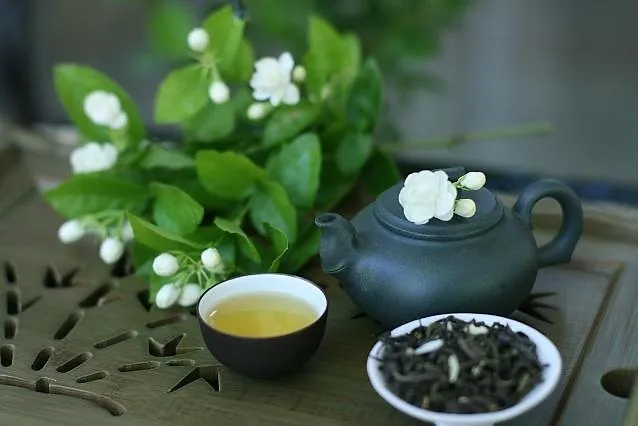Vietnamese tea culture is more than just enjoying a beverage; it’s a living art, an integral part of spiritual life and social interactions. From humble streetside stalls to elegant tea rooms, tea has permeated every corner of Vietnamese life, becoming a thread connecting people to each other and the past to the present. This tea culture deeply reflects the character and philosophy of the Vietnamese people, a blend of tradition and modernity.
Origins and History of Tea in Vietnam
Tea, originating from China over 4000 years ago, isLegend has it that it was discovered by Shennong, a mythical sage ruler, or a skilled physician. However, Vietnam’s tea culture possesses its own unique characteristics, not merely an inheritance but a development and creation based on indigenous culture. Vietnam is not only a major tea-producing nation, with many famous tea varieties, but has also developed unique tea-drinking styles that reflect the spirit and lifestyle of the Vietnamese people.

Tea – A Beverage for Health and Spirit
Beyond its delicious taste, tea is also known for its numerous health benefits. Scientific studies have shown that green tea contains many beneficial bioactive compounds such as polyphenols, alkaloids, amino acids, vitamins, and flavonoids. In particular, EGCG (Epigallocatechin gallate) in green tea has powerful antioxidant properties, contributing to the prevention of cancer and many other diseases. Drinking tea is not only about satisfying the palate but also a way to care for overall health.
Diverse Vietnamese Tea Drinking Styles
Vietnamese tea culture is diverse and rich, expressed through various ways of enjoying tea. From choosing tea types to tea-making utensils and even the tea-drinking space, everything reflects sophistication and meticulousness.
Types of Tea and Preparation Methods
Vietnamese people use many different types of tea, from original plain tea to flavored teas such as lotus tea, jasmine tea, bach ngoc tea (scented with five white flowers), honey tea, longan tea, ginseng tea, and more. Each type of tea carries a unique flavor and use, reflecting the diversity and refinement in Vietnamese tea culture. Lotus tea, with its pure fragrance and mild sweetness, is considered a precious tea, once reserved only for royalty.
The Art of Tea Making and Enjoyment
Tea making is also an art. The ideal water for brewing tea is rainwater, natural spring water, or even dew collected from lotus leaves in the early morning. The way water is boiled is also very important, needing to maintain its purity without affecting the flavor of the tea. The ancient saying “first water, second tea” emphasizes the importance of water in tea making.
The way of enjoying tea is also special. Ancient Vietnamese people often brought the teacup to their nose to smell the aroma before drinking, taking small sips, feeling the initial bitterness that transitions to a mild sweetness in the aftertaste. Tea culture is also expressed through drinking styles: solo enjoyment (alone), duo enjoyment (two people), or group enjoyment (many people), depending on the circumstances and mood.
Tea Drinking Space
The tea-drinking space is just as important. The ideal space is tranquil, close to nature, perhaps a quiet garden, or an elegantly decorated space with paintings and calligraphy. The tea-drinking space often carries a Zen-like atmosphere, helping tea drinkers relax, calm their minds, and fully appreciate the flavor of the tea.
Philosophy in Vietnamese Tea Culture
Vietnamese tea culture is not just about enjoying a beverage, but also carries a deeper meaning. It is a form of cultural communication, an opportunity for people to meet, chat, and share their feelings. Drinking tea is also a way to calm the mind, reflect on life, and seek balance between soul and body. “Tam bôi, tứ bình” (three cups, four pots) is a traditional tea set, while “ngũ quần anh” refers to finding “tea friends” – kindred spirits to enjoy tea with and share life’s moments.
Conclusion
Vietnamese tea culture is a harmonious blend of sophistication and simplicity, tradition and modernity. It is not only a unique cultural beauty but also an indispensable part of the spiritual life of the Vietnamese people. Understanding and cherishing tea culture helps us better understand Vietnamese cultural identity, and it is also a way for us to preserve and promote the good traditional values of the nation. Let’s explore and experience tea culture to fully appreciate its beauty and spirit.